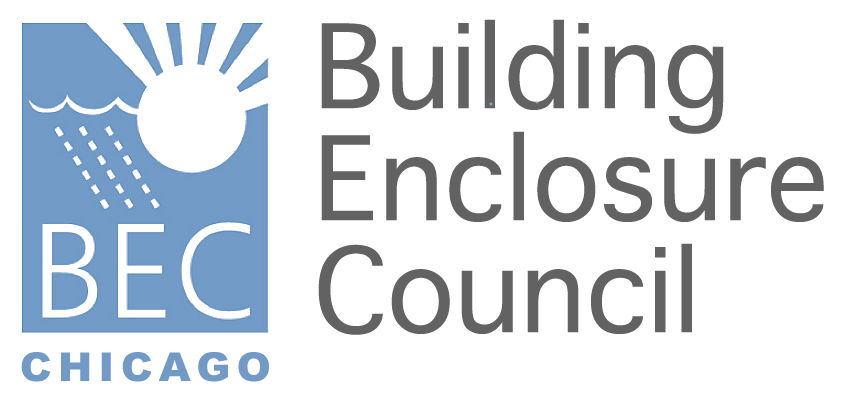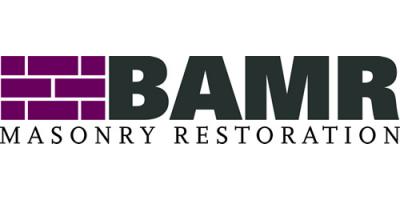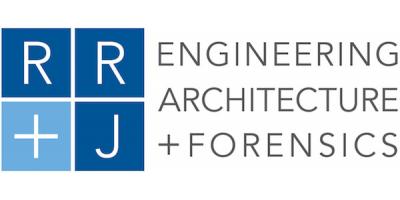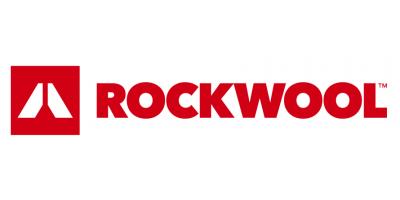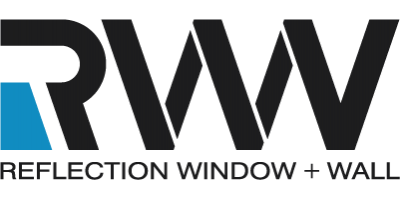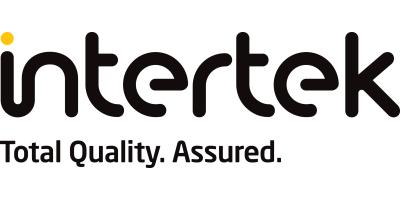| Location | Bank of America, 135 S. LaSalle, 43rd Floor, Chicago, IL 60603 |
AIA CREDIT: Yes
ABSTRACT:
The migration of lightly colored polyisobutylene (PIB) primary sealant into the interpane space of in-service insulating glass units (IGUs) has been observed across the United States. The sealant has moved within the exposed field of the IGU in excess of the dimensional limits recommended by insulating glass manufacturers and industry standards. The migration causes aesthetic and potential long-term durability concerns. Because the PIB cannot be repaired, the failure of this small component in IGUs requires IGU replacement to resolve and can be extremely expensive. We will discuss our experience with projects exhibiting PIB migration, contributing factors to the PIB migration phenomenon, and the measures designers can take to avoid this issue in their projects.
LEARNING OBJECTIVES:
- Review typical IGU components, glazing systems, and expected service life.
- Examine applicable industry standards and tests pertinent to IGU performance and design.
- Understand the PIB migration phenomenon and its manifestations.
- Discuss investigative measures utilized to assess the degradation or failure and explore measures that designers can implement.
PRESENTER BIO:
Rebecca Booth is an Architect at Raths, Raths & Johnson, Inc., a national engineering, architecture and forensics consulting practice. She has specialized in facade investigations involving condition survey documentation, repair design, construction administration, and litigation support. Her project experience has involved the evaluation of a range of materials and systems including windows, curtain walls, roofing, sealants, stucco, and exterior insulation and finish systems (EIFS). She is a Certified Document Technologist (CDT) through Construction Specifications Institute (CSI) and is certified with the National Council of Architectural Registration Board.
Dennis Johnson is a Principal at Raths, Raths & Johnson, Inc. and has over 40 years of experience in investigations, repair design, construction quality assurance programs, design peer review, and performance testing of exterior wall systems, fenestration systems, and glazing materials. He has specialized in exterior wall system investigations, including window, curtain wall, and skylight systems with air infiltration, water leakage, material, and other performance related problems. He is currently on the Board of Directors serving as Vice President of the Insulating Glass Certification Council (IGCC).
RSVP:
For BEC Chicago members, an RSVP invite will be sent out approximately 7 to 10 days in advance of event. For non-BEC Chicago members interested in attending, you may contact Jeff Diqui at jdiqui@imiweb.org to request an invite. The inviation will include a link to a mandatory RSVP.
